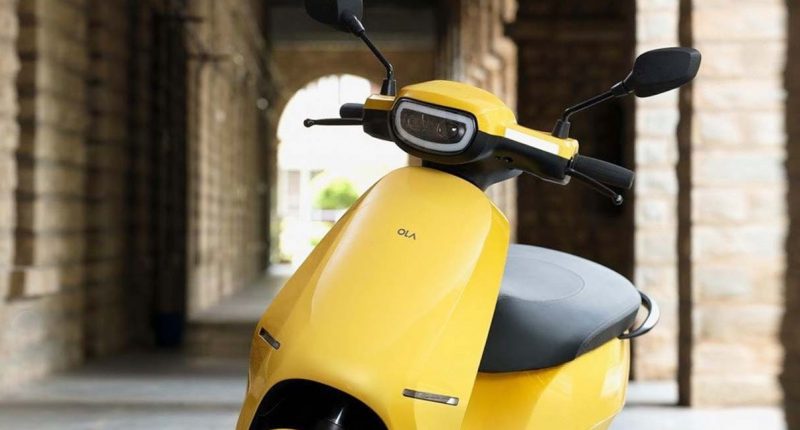Ola Electric, headed by Bhavish Aggarwal, has experienced a substantial surge in its consolidated revenue from operations during the fiscal year 2021-22. The company’s annual revenue witnessed an exponential growth of nearly 400 times, reaching ₹373 crore for the fiscal period, compared to the previous year’s ₹0.86 crore as per its annual financial statements. This noteworthy rise is attributed to the successful introduction of the company’s two-wheeler offerings in December 2021.
However, alongside this impressive revenue expansion, Ola Electric also reported a notable widening of its losses. The company’s losses have increased by approximately 293%, amounting to ₹784 crore for the fiscal year 2021-22. This escalation in losses is primarily attributed to a significant surge in expenses, which surged to ₹1,240 crore, representing a substantial 306% year-on-year growth. These escalating expenses have placed a spotlight on the company’s financial performance and its implications for Ola Electric’s forthcoming initial public offering (IPO), with its current valuation exceeding $5 billion.
Delving into the expense breakdown for Ola Electric’s fiscal year, certain things become clear. The company’s employee benefit expenses saw a substantial increase to ₹282 crore, marking a notable rise from the ₹197 crore recorded in the previous fiscal year. Additionally, the cost of material consumed experienced a remarkable shift, rising to ₹584 crore, which is a stark contrast from the nil figure recorded in FY21. This change is attributed to the commencement of bike sales in December 2021, signifying the company’s shift from focusing solely on battery charging and swapping services. Notably, advertising expenditures witnessed a substantial annual rise of 206%, amounting to ₹49 crore, while legal professional charges increased by 57% to reach ₹44 crore during the same period.
The performance of Ola Electric’s electric vehicle (EV) scooters has also proved to be impressive for the period, particularly in the context of the Indian government’s persistent push for greater EV adoption. The EV scooters contributed significantly to the company’s financial performance, generating ₹348 crore in revenues during FY22, which constitutes a substantial 93.3% of the company’s total collections. This achievement aligns with the government’s efforts to promote sustainable mobility through the increased adoption of EVs.
Meanwhile, Ola Electric’s parent company, ANI Technologies, has encountered shifts in its financial landscape during the same fiscal year. According to data from business intelligence platform Tofler, ANI Technologies, popularly known as Ola Cabs, reported an escalation in losses. The figures indicate that the company’s losses marked an annual increase of 36% to ₹1522 crore. ANI Technologies also reported revenues of ₹1,350 crore for the 2021-22 financial year, reflecting a 49% increase from the previous fiscal year, as per Tofler’s statement.
